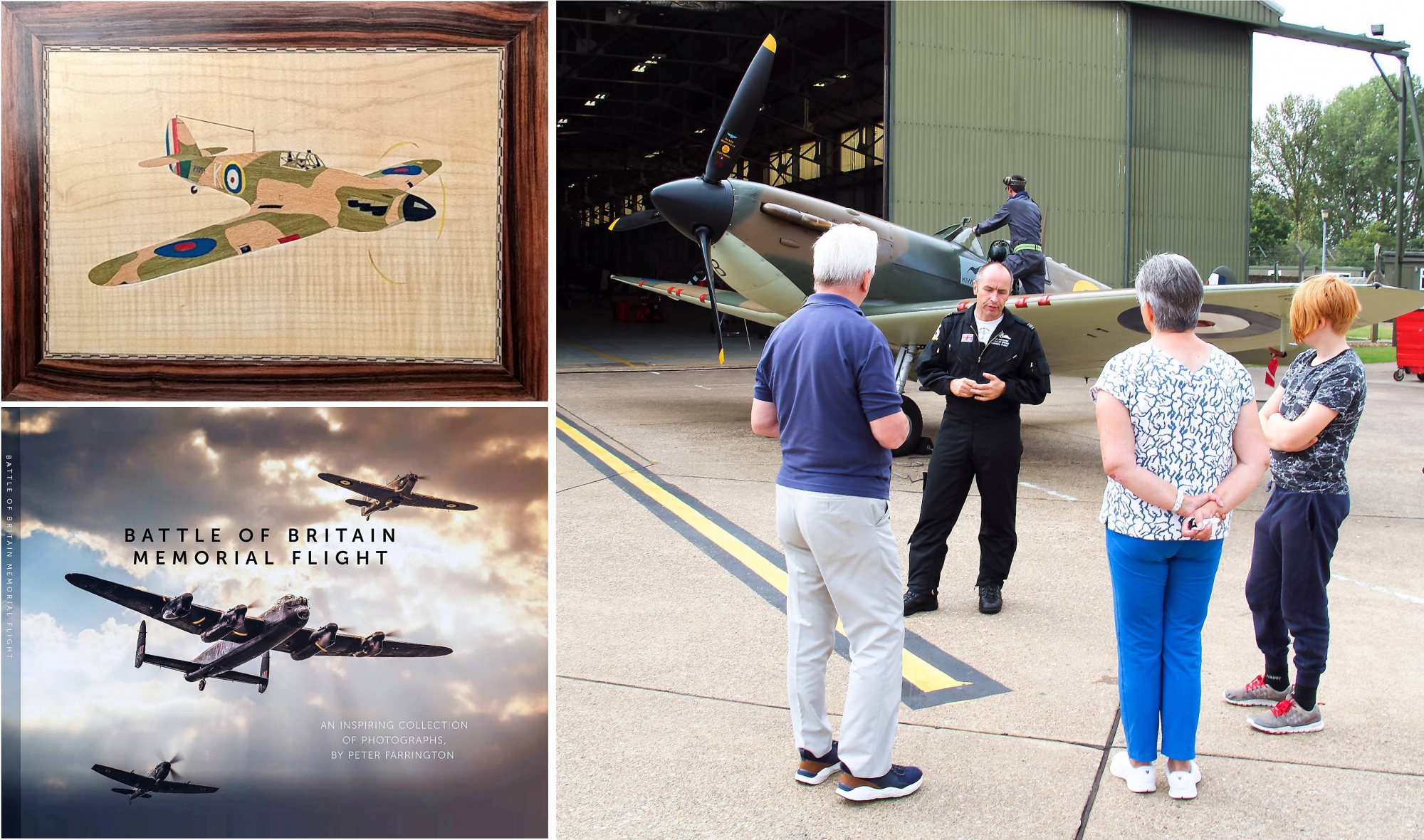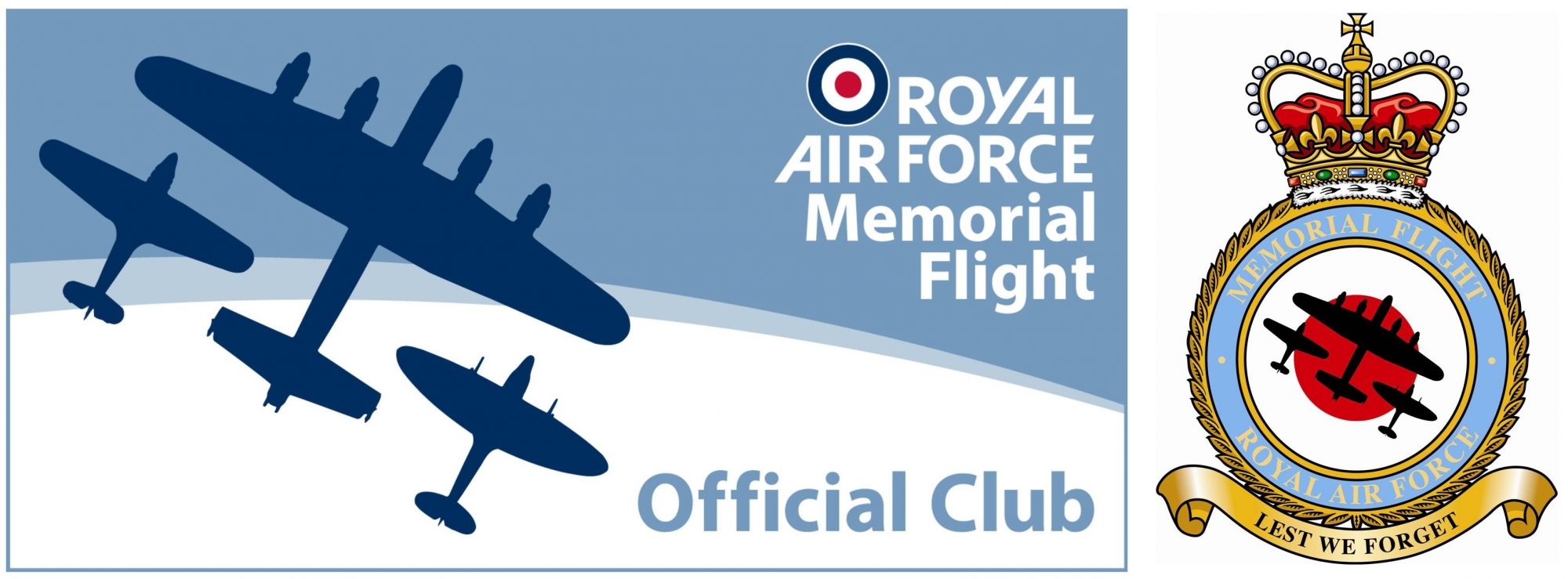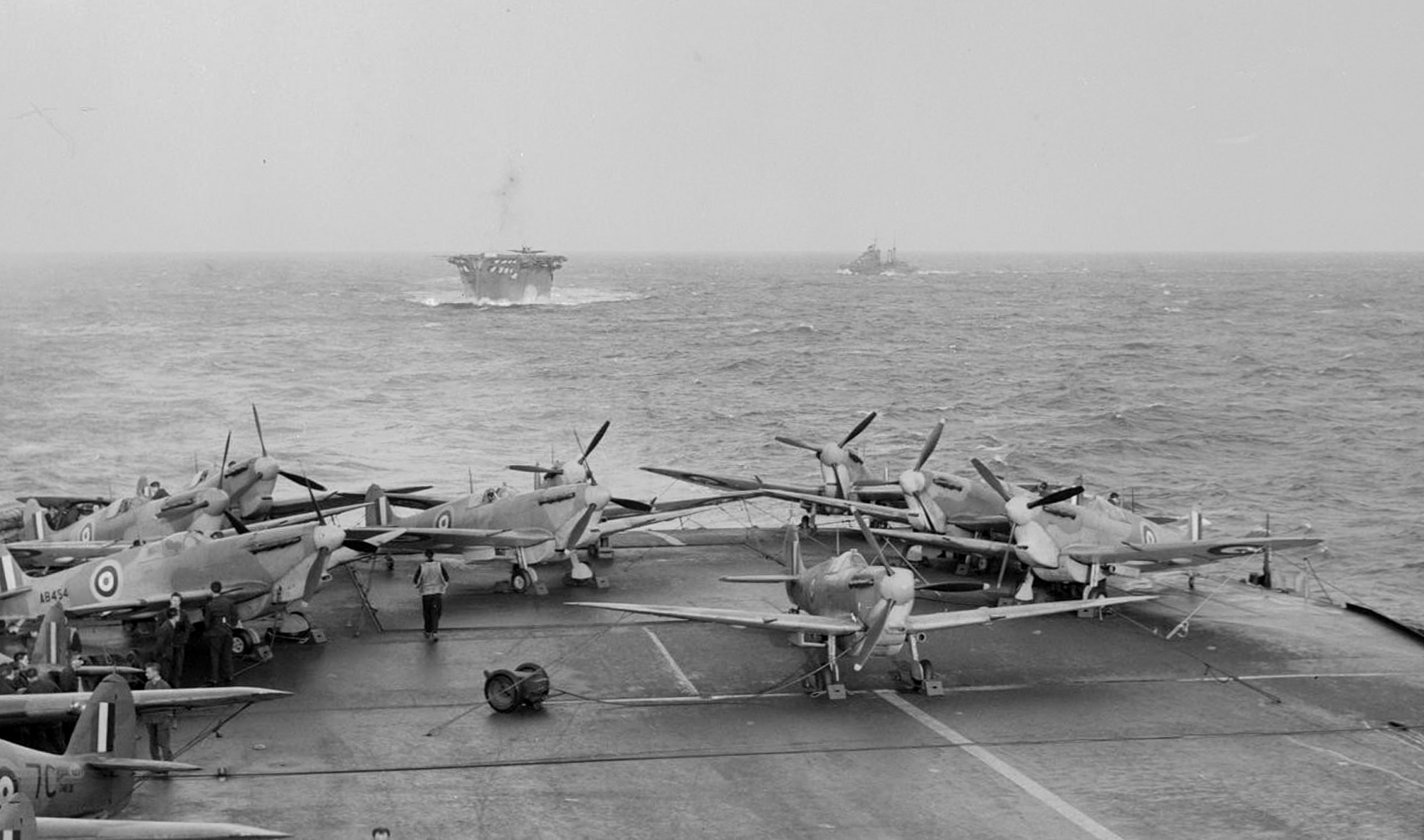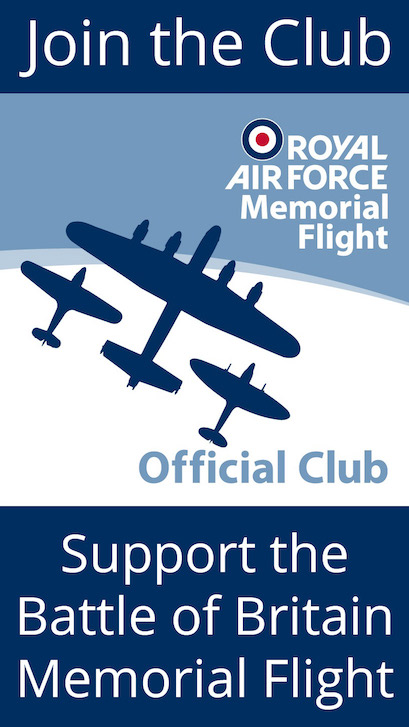Club prizes and winners – January to March 2022
All members of the RAF Memorial Flight Official Club are automatically entered into our monthly prize ballots to win some special prizes. These were the ballot prizes for the months of January to March 2022 and the lucky Club members who won them.









